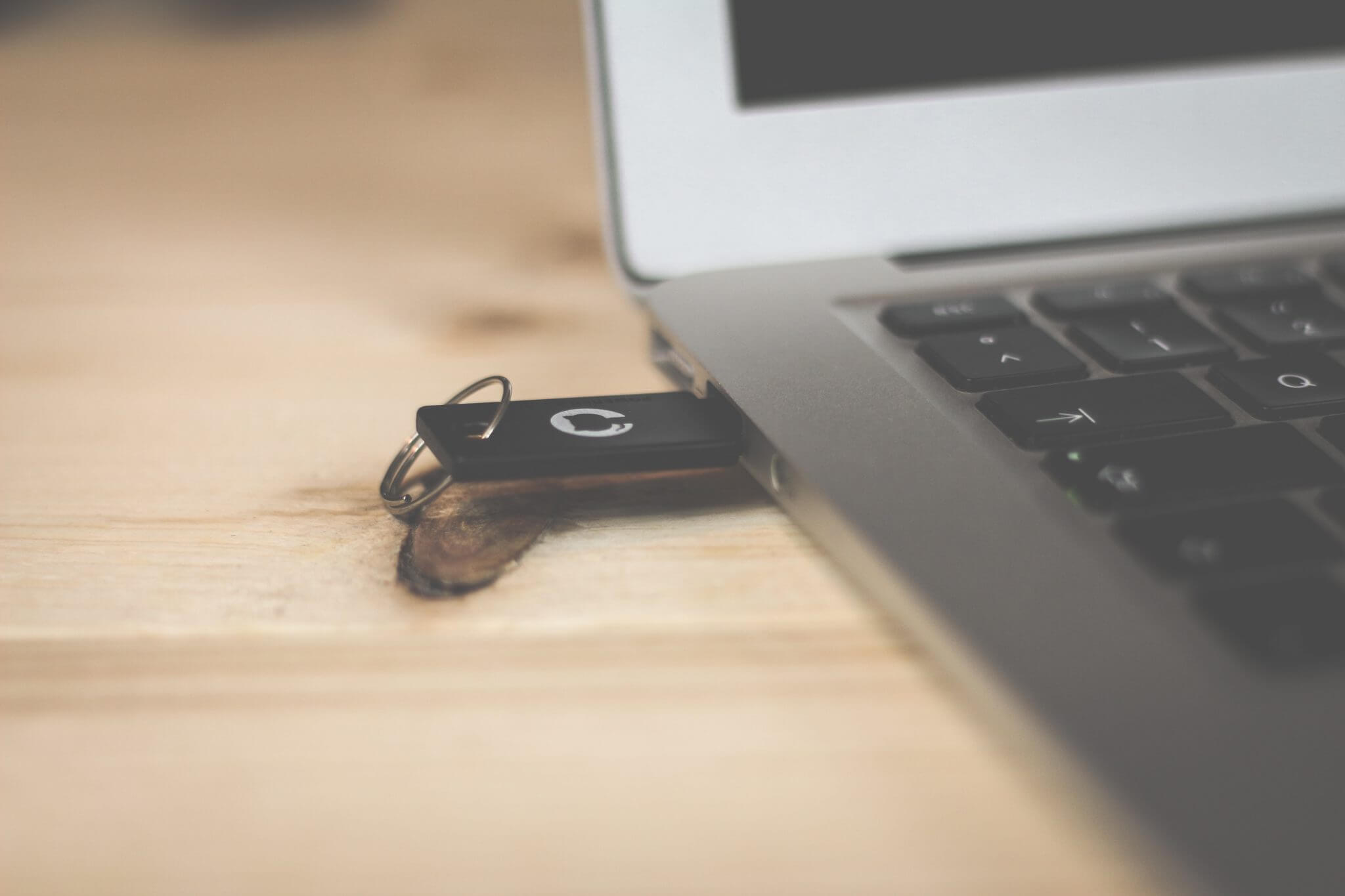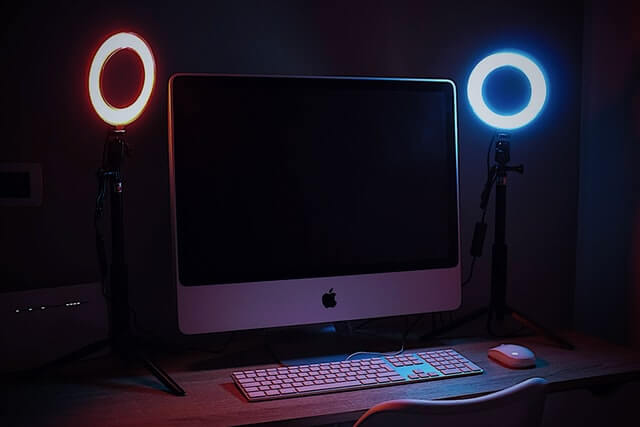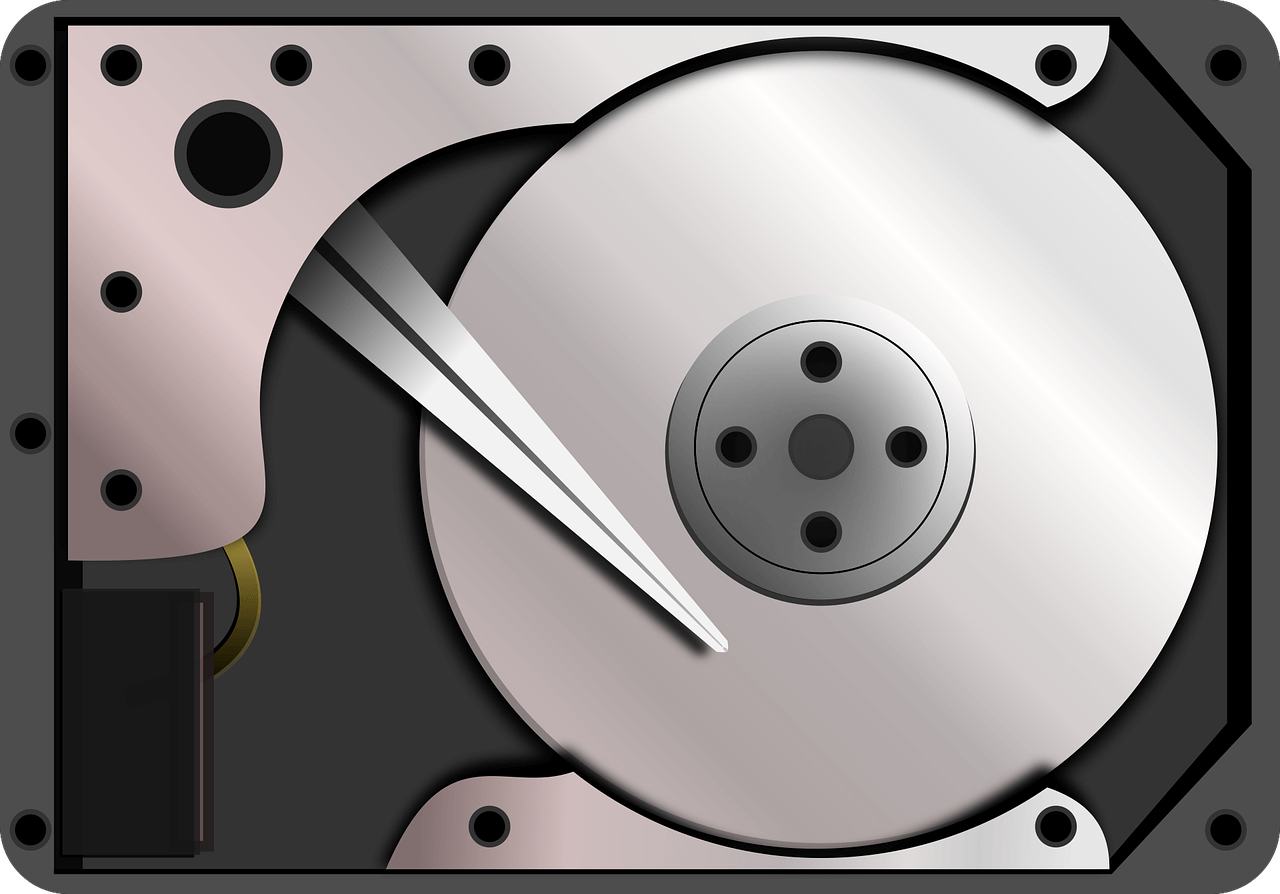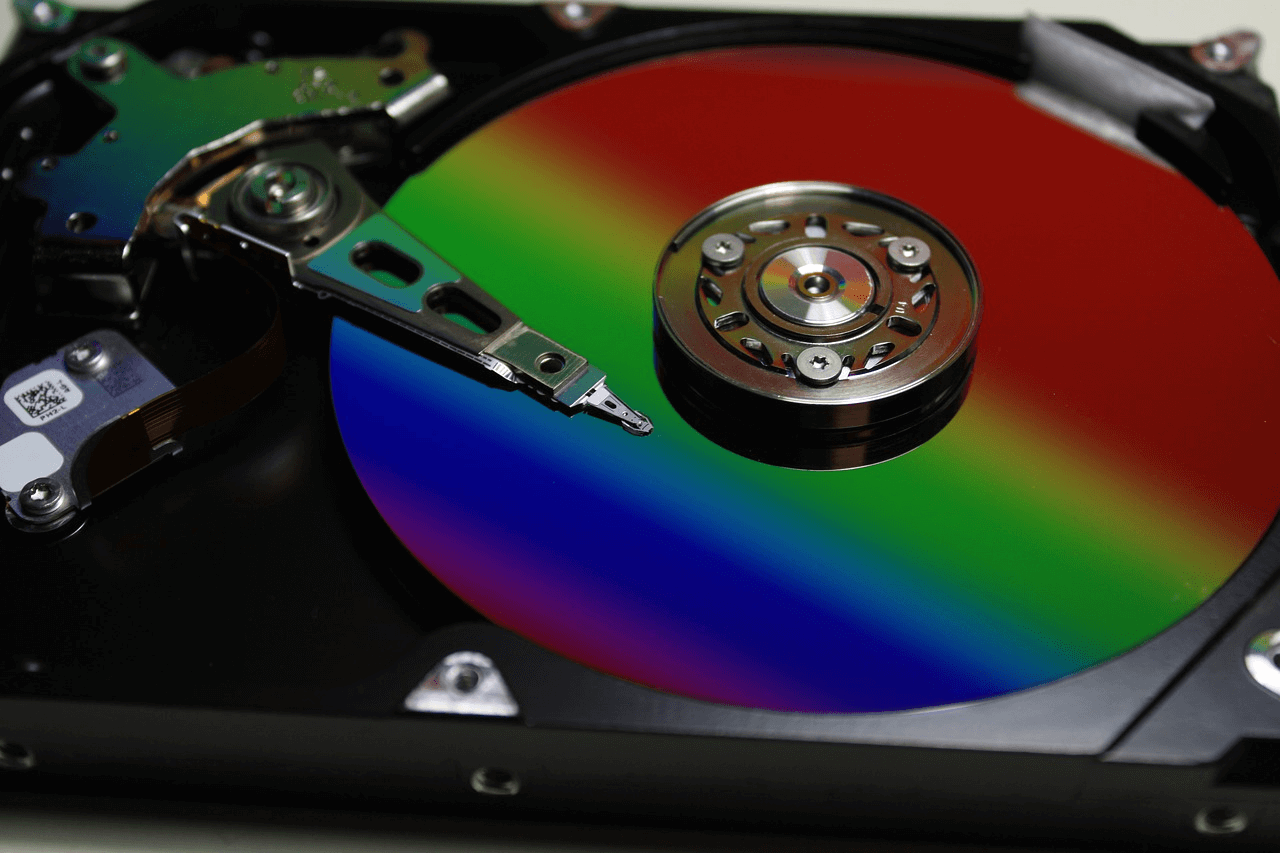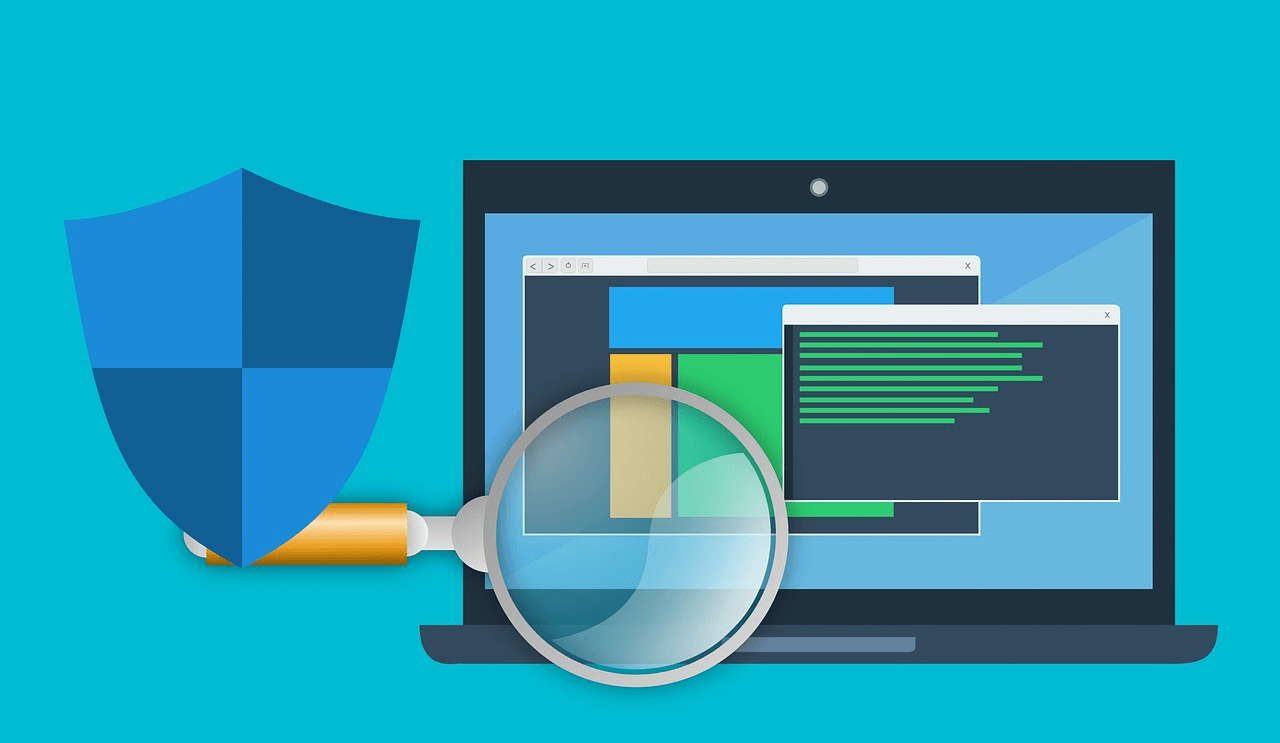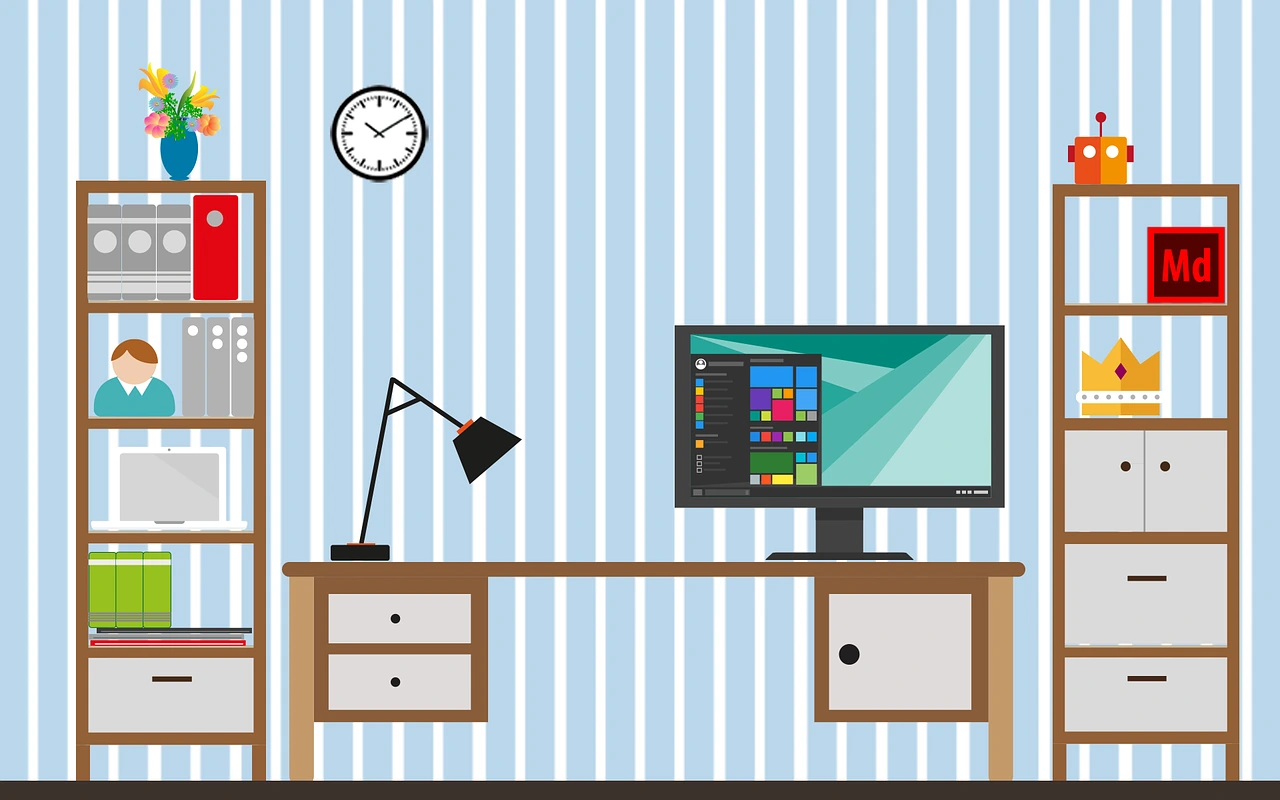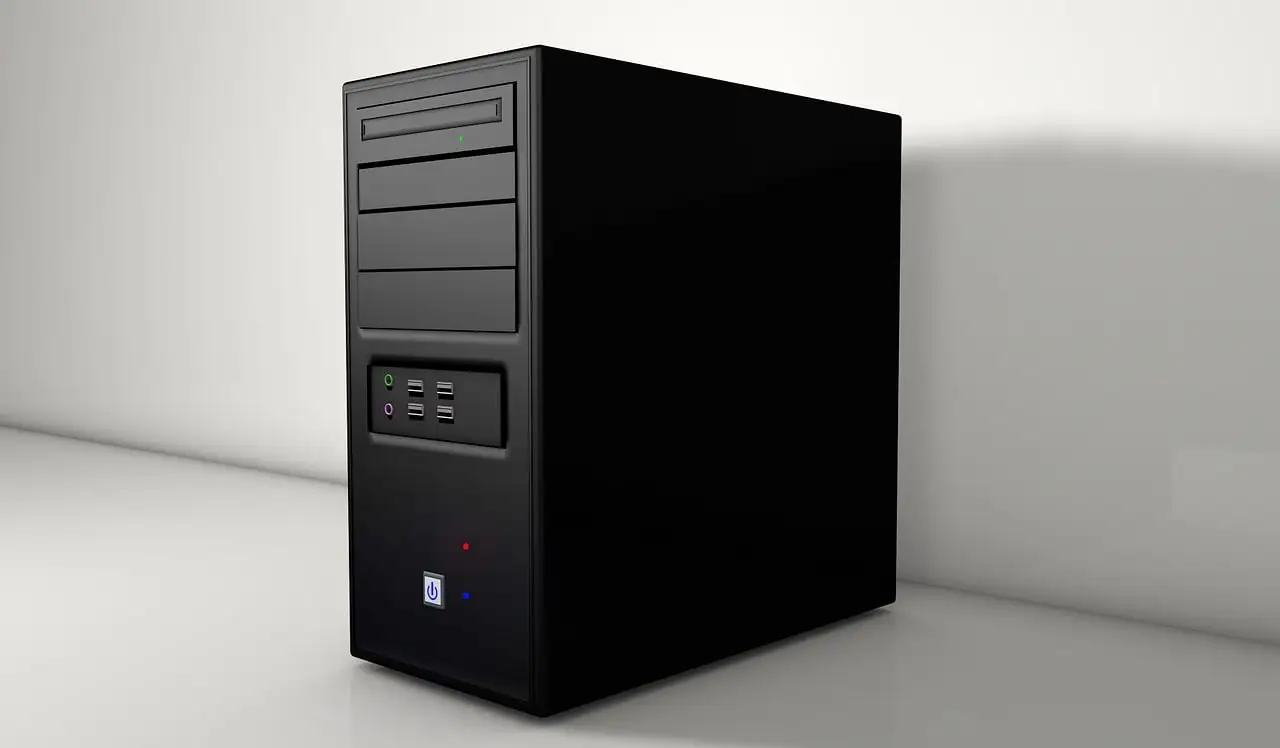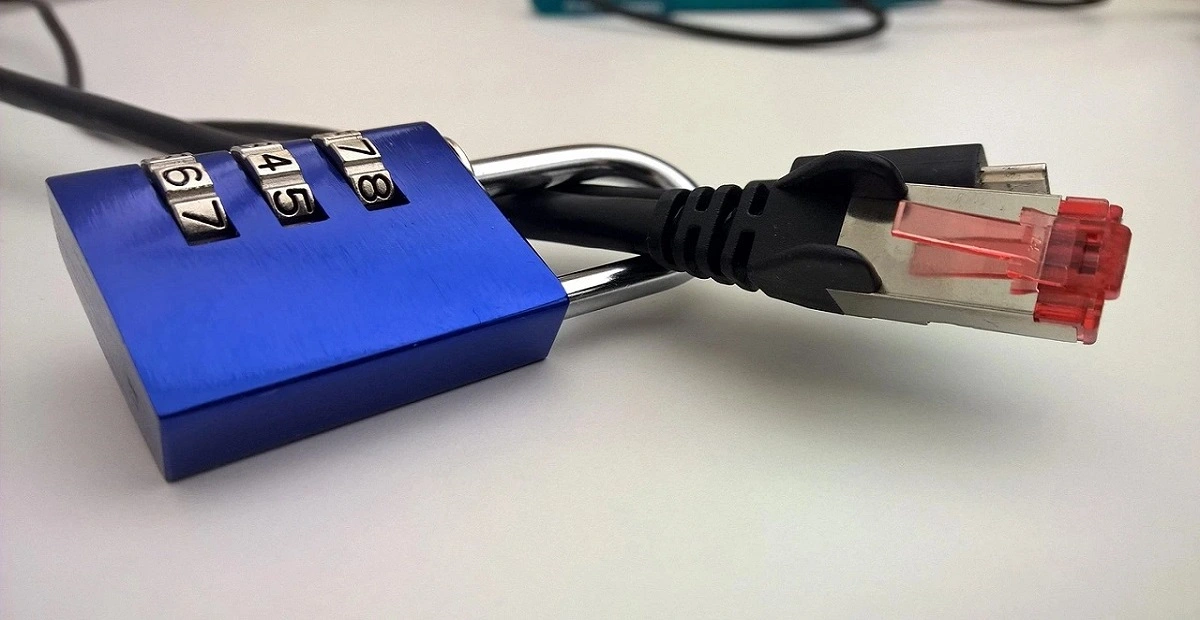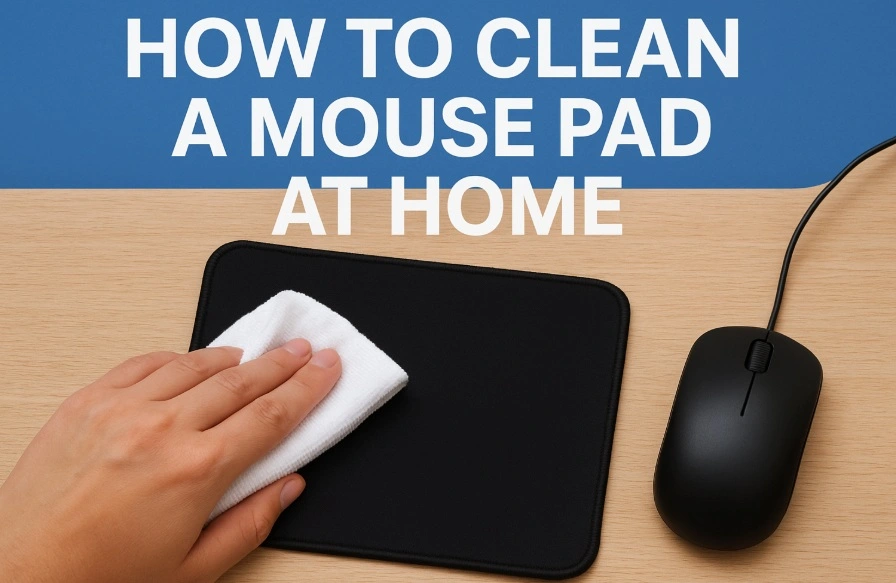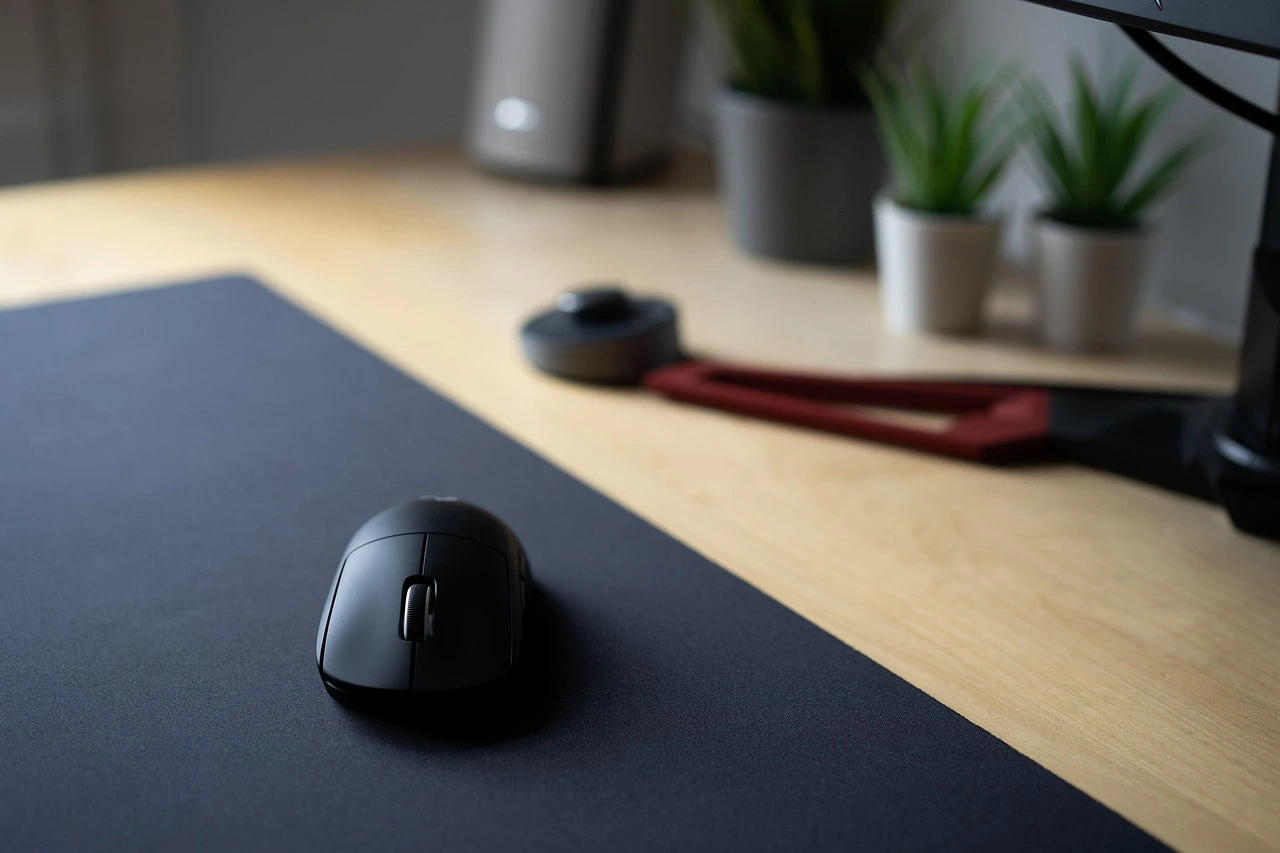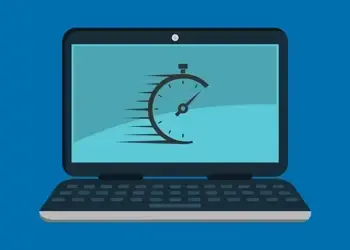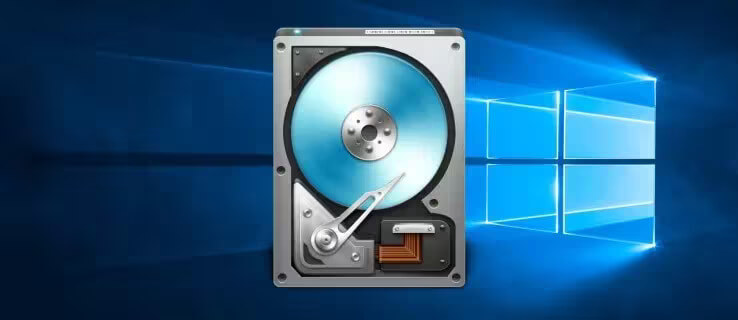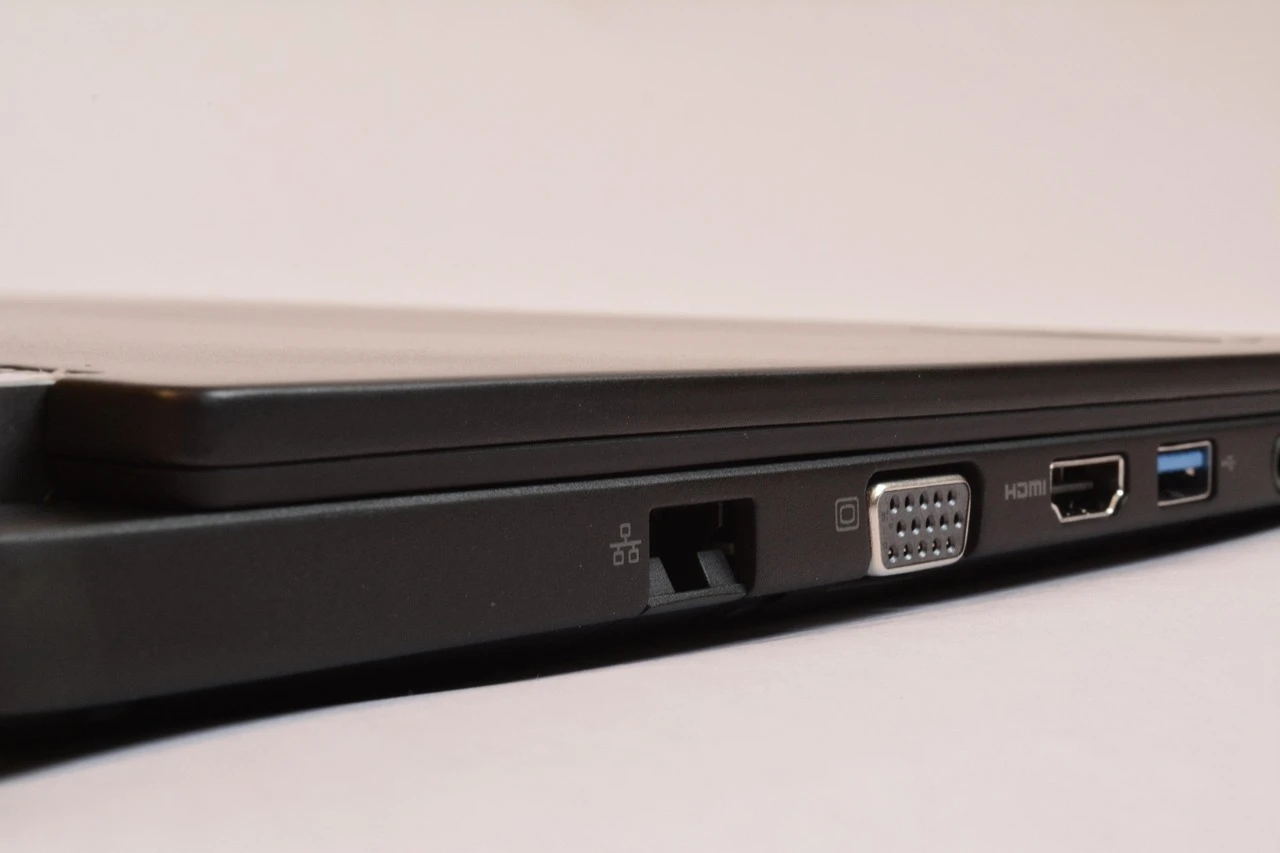How to Prevent a USB Attack?
Technology is at its peak in the current period, with new software and tool types available with a high-quality guarantee. However, while most devices like USB files, SD cards, etc., promise proper security, data breaches and hacking attempts are still possible. At this point, you should rely on a high-quality antivirus software like Avast to protect your system from such intrusion.
One of the most common devices that many hackers use to access corporate networks and private systems is USB devices. Luckily, there are ways available to prevent these attacks. We took the time to go through many methods. Here, we have outlined the best ones we found.
Best Methods to Prevent a USB Attack
Cybercrime experts and hackers use vicious degrees of coding techniques to program devices to invade the system and pull data. However, some methods are available to safely and appropriately handle such attacks. Here are the best options we found for effective and smooth USB attack prevention.
Method 1: Use Avast Antivirus to protect your system
Avast is one of the most helpful antivirus protection software available online for digital safety. After careful WiFi security scanning, users can use this software to block out malware, ransomware, and viruses. In addition, there is a high-quality vault for saving different passwords carefully and securely, with one-click accessibility.
Besides that, the advanced firewall allows users to keep out hackers from attacking the PC system and stealing data. To note, the advanced features for hacking protection firewall are available under the Premium and Ultimate plan.
How to use this?
Step 1: Find the activation code for the Avast Antivirus Software This would appear in the order confirmation email.
Step 2: You will see the Avast Premium Security icon appear on the Windows desktop screen. Double-click on it to access.
Step 3: Choose Menu > Enter Activation Code.
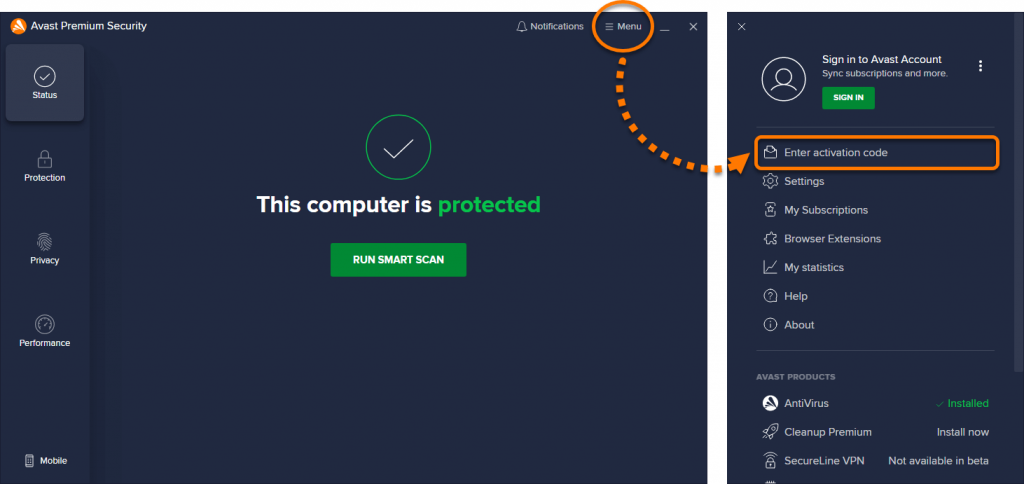
Step 4: Paste or type in the activation codes with hyphens in the text field available. Press on the Enter button.
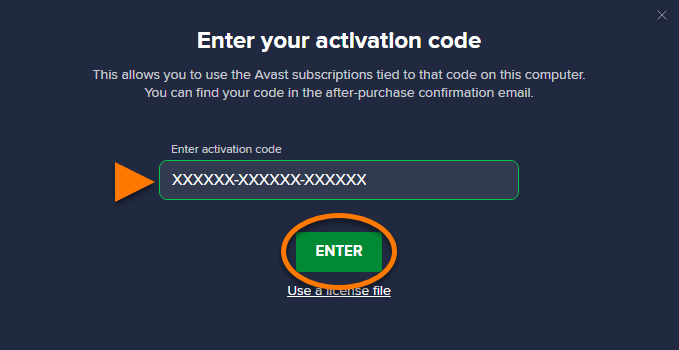
If over 1 product is running with the same activation code, choose each. Then, click the cursor on the “Activate & Install” option. They install automatically.
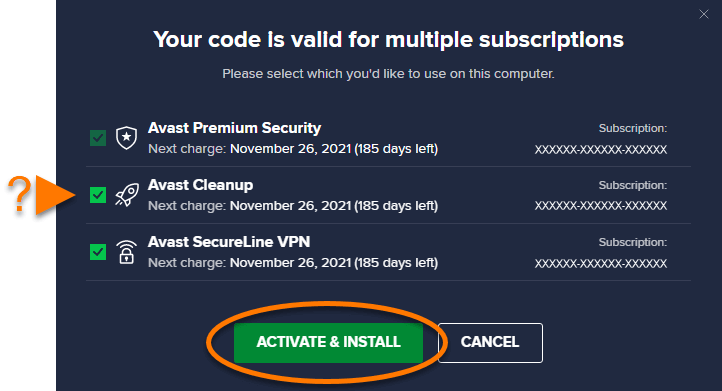
Step 5: Activate the Premium Subscription plan this way and run the security scanning processes.
Users can also activate the Avast Premium subscription plan through an additional sign-in key or by signing in through their account.
Method 2: Download Systweak Software to safeguard from USB attacks
Systweak Antivirus is valuable software for scanning PC systems and additional plugins for viruses. It contains comprehensive security scanning technology. This safeguards against different issues like malware, virus, trojans, adware, spyware, and zero-day exploits. The software protects the WiFi network, USB stick protection, VPN protection, safe browsing via the web, etc.
How to use this?
Step 1: Download and run the Systweak Antivirus software.
Step 2: You can see the Scan Types option on the left-hand side pane. Click on it to see the three main modes: Deep Scan, Quick Scan, and Custom Scan.
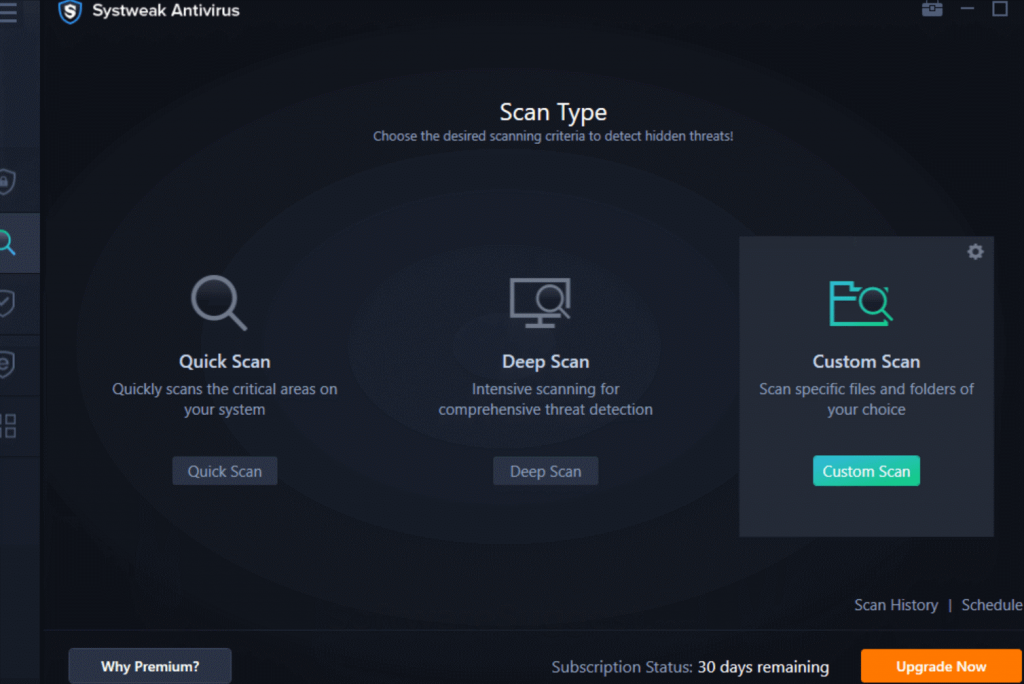
Step 3: Run Quick Scan for critical PC sector scanning, Custom Scan for evaluating specific folders/files, or Deep Scan for an in-depth scanning process. For the latter, keep the system in an idle state. Use this method once per month.
Step 4: Wait until the scanning completes.
Step 5: After the scan completes, the software will show the list of all infected files in the system. Review them and then click on the Protect Now option.
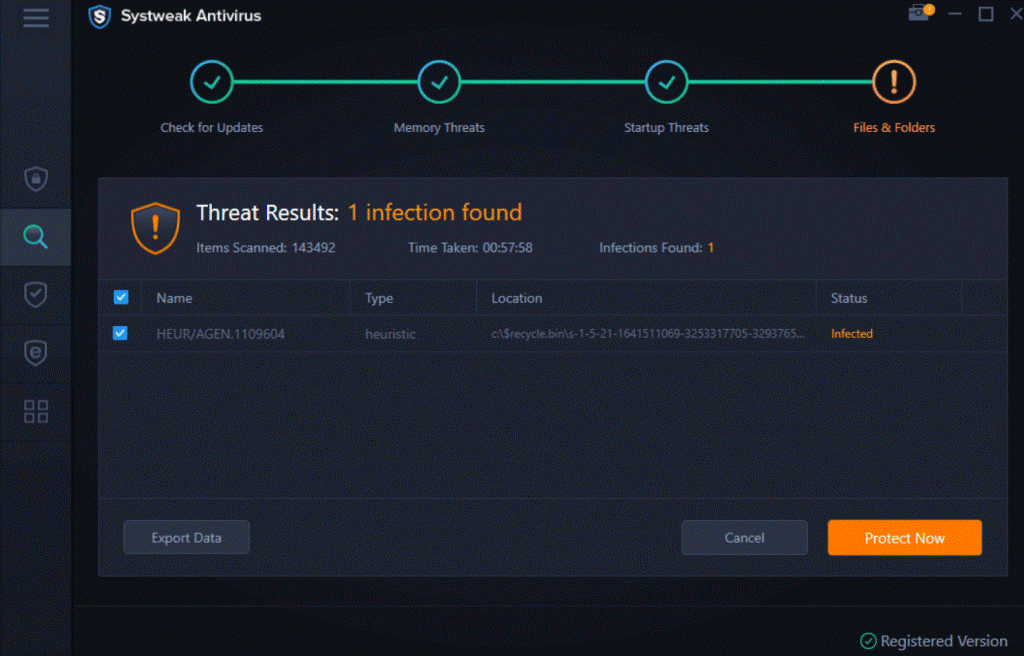
Step 6: The summary of the threat result would appear. To export, press on Export Data.
Step 7: Restart the device.
This method would tell you of the main problem areas and protect against destructive anomalies from USB devices.
Method 3: Disable the Autorun
One of the most valuable methods to protect your system against USB-based attacks is to disable the autorun feature. This would stop any dangerous code present inside the devices from automatic execution after plugging it in. Here, we discuss the steps specific to the Windows OS.
How to use this?
Step 1: Access the Control Panel. Search for AutoPlay setting.
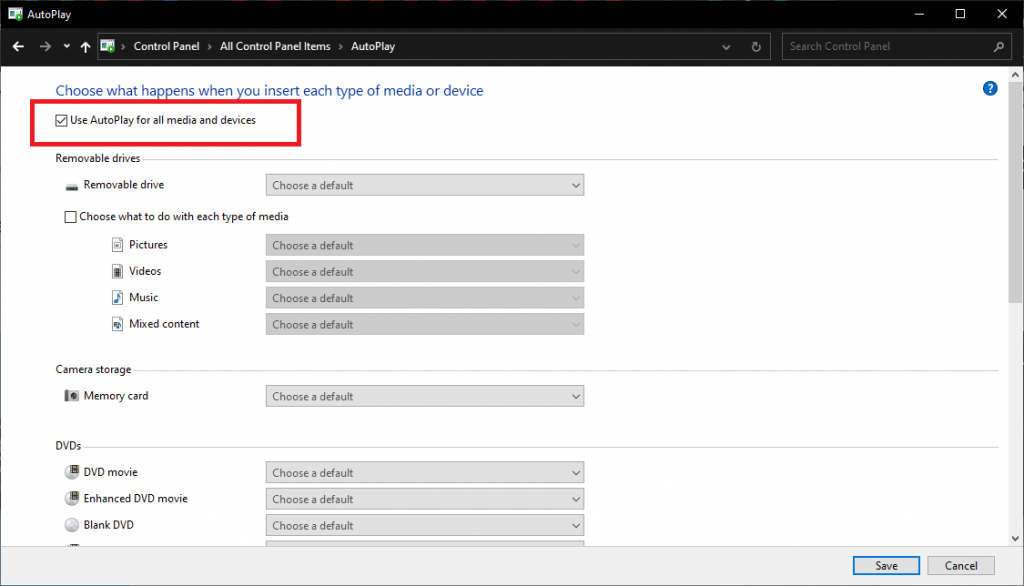
Step 2: After the following list opens, uncheck the choice for “Use AutoPlay for all media and devices” to stop the launch of unknown devices without any alerts.
Method 4: Use a virtualization software
Another method that works is to download and run virtualization software. One such software is the build-in Windows Sandbox. Users can build a virtual environment on their device that carries out a simulated version of your PC on the system.
You can plug the USB device into the drive and access it through the virtual environment. In case the device is corrupted, it would not influence the network or files in the computer system.
Additional steps to take to prevent unnecessary cyber-based attacks
The possibility of getting cyberattacks is high for every user. But these are avoidable as well if you take the proper steps first. Here are some measures you can take to reduce the risk of data exposure.
- If you connect a suspected infectious USB device to your PC, take it out immediately before downloading the software.
- Avoid linking any USB device that you are unfamiliar with into your PC, e.g., one you found in a public spot.
- Carry out regular scans of your USB device for malware or virus.
- Disable the autorun feature of the device.
- Use the latest firmware version in your system and keep it up-to-date.
Conclusion
Following these different steps would allow you to keep your system protected in case of harmful USB attacks. Download and use options like the Avast Anti-Virus Security for the best results. With this software, you can protect your system against malware or viruses, detect unfamiliar intrusion, and keep your system updated.
For similar queries, you can refer to our extensive library of software guides and other posts. Go through the ones you find most relevant.
Popular Post
Recent Post
How To Clean a Windows Desktop: Complete Guide
Learn how to clean a Windows desktop with 9 simple methods. Remove clutter, boost PC speed, and organize files easily. Get your clean desktop today!
How To Clean A Computer Cabinet: Clean PC Case
Learn how to clean a computer cabinet safely with our step-by-step guide. Keep your PC running cool and fast with proper case cleaning techniques and pro tips.
How To Clean A Computer Cable At Home Without Damage
Learn how to clean computer cable connections safely. Step-by-step guide with tips for USB, HDMI, and power cables. Keep your equipment running smoothly.
How To Clean a Mouse Pad At Home
Learn how to clean a mouse pad at home with simple steps. Keep cloth, hard, or RGB pads fresh and smooth. Easy guide with tips, FAQs, and care advice.
How To Clean Your Computer Mouse Without Damage?
Learn how to clean a computer mouse after disconnecting it from your system to prevent any further damage.
How To Clean Your Computer To Run Faster [2025]
Learn how to clean computer to run faster, from Disk Cleanup to deleting unnecessary files and more. Follow the tips to maintain the speed of the comput
How To Clean Your Computer’s Hard Drive [2025]
Discover all the top ways to clean computer hard drive to improve performance and prevent lagging.
How To Clean Your Computer’s USB Ports The Right Way
Discover how to clean the computer’s USB port thoroughly and with proper precision to prevent dust accumulation and prevent further system damage.
How To Clean a Computer Motherboard Without Damage
Discover a step-wise procedure to clean the system motherboard without damaging it. Explore how to expand the lifespan of a motherboard through maintenance.
How PC Cleaning Tools Work: Complete Gudie
Discover all the top ways to clean your PC from physical cleanup to disk cleanup for an optimized performance and increased lifespan.
